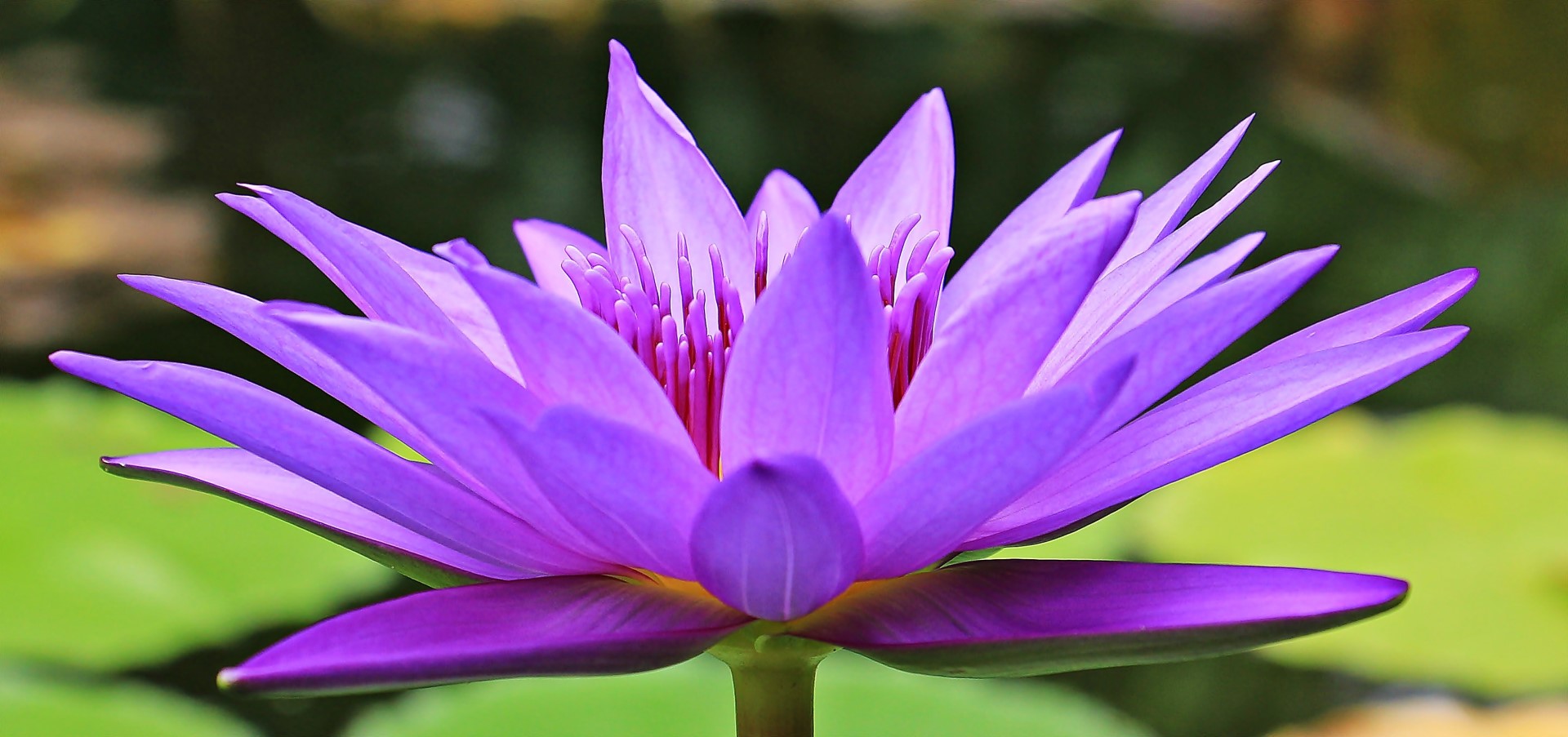Definition
Acupuncture is one of the most ancient and complex tools used by practitioners of Classical Chinese medicine. It is a system of therapy (including, but not limited to, the relief of pain) which has been in constant use throughout Chinese cultural areas of the world for at least 3,500 years. It is based on ancient texts and oral tradition developed over 2 millenia of continuous clinical observation and critical thinking. Acupuncture involves the insertion of very fine needles at varying depths in specific acupuncture points throughout the body, with the purpose of re-establishing a "state of health" within the individual. The particular points used in each treatment are chosen according to various diagnostic factors unique to Chinese Medicine, and are aimed toward helping to establish a harmonious relationship between all systems on a physical, mental and emotional level.
History
There is evidence to support that Acupuncture had its origins in Neolithic times, at least prior to 1,000 BC and some archeological findings which support a date as early as 3,500 BC. In 1929, relics were excavated in Korea which included stone and bone acupuncture needles. In 1963 Chinese archeologists found stone needles at a Neolithic site in Inner Mongolia which they estimate to be between 4 and 10,000 years old. Metal needles have been used at least since 800 BC.
The birth of classical texts on acupuncture and herbal medicine occurred during the Warring States period in China (403-221 BC - Zhou dynasty). The Yellow Emperor's Classic of Internal Medicine or the Nei Jing, contains voluminous theoretical and practical information on all the different aspects of traditional Oriental medicine. It consists of two parts, Su Wen (Simple Questions) and Ling Shu (Spiritual Pivot) of 81 chapters each. Prior to the writing of the texts, the art was passed along by time honored oral tradition, from master to student.
Philosophical Background
The human organism, in Chinese medical thought, is considered a microcosm of the external environment. Just as nature relies on balance and the natural rhythms of such things as seasonal change, so also does our health depend upon the harmonious relationship of all of our bodily systems and our emotional balance and sense of well-being. Relationships with our individual as well as natural external environment, (such as food ingested, quality of the air we breathe, living situation, relationships, work habits, exercise, general lifestyle, quality of life, etc.), is also considered crucial in maintaining health. The two main concepts upon which Chinese medicine is based are that of Yin and Yang and the Five Elements (Wu Xing).
Chinese Herbal medicine is also based upon Yin/Yang and Five Element Theory and it has had its own line of development that at times has paralleled that of acupuncture and at other times has been quite divergent.
"Qi" is a Chinese word virtually untranslatable in English, but which roughly corresponds to our idea of energy or vital life force. Qi flows throughout the body by way of specific pathways (measurable electronically) called Meridians. There are 12 main Meridians which pathways correspond in location and function with 10 organ systems and 2 functions (The Pericardium and Triple Burner). When the Qi flows smoothly and evenly throughout the body, there is health and well-being. When there is stagnation, obstruction or depletion of Qi in any one area there is a domino effect which will eventually cause other symptoms to occur. Treating symptoms in isolation will not necessarily effect a cure, since the underlying energetic cause of the problem may lie in areas other than where the symptom occurred. Therefore, an understanding of function and relationship are crucial aspects of effective acupuncture treatment.
East and West: A Difference in Perspective
In the Western medical paradigm, we are trained to place emphasis on body structure and how it changes during the course of disease. Disease is generally thought of as being due to causes which can be killed, cut out, or contained. In addition, there is a tendency toward compartmentalization and isolation of individual parts. There is a search for underlying mechanisms, a cause which is well-defined, self-contained phenomenon, thus creating a quantifiable description in a narrow area.
To the Classically trained acupuncturist, the emphasis is almost entirely on function and relationship. Attention is directed toward the complete physiological and psychological individual and all relevant information, including but not limited to symptoms, is woven together into a diagnosis reflecting patterns of disharmony and constitutional weakness. This synthesis helps form a picture of the individual person as a whole and helps to identify the "imbalance". Treatment proceeds toward recreating "balance", thus building that persons overall strength and vitality. Health is re-established through the body's own ability to heal itself, once obstruction has been removed.
Diagnosis
There are various classical Acupuncture traditions which have specific areas of emphasis in diagnosis. The primary tools used by most traditions include palpating 12 energy pulses (6 on each wrist) which each correspond to one of the 12 main Meridian systems. The tongue is observed for tissue vitality, color, coating, etc. Complexion, sound of voice, odor, emotional response, body posture, flesh and muscle tone, condition of hair and fingernails, areas of sensitivity on palpation, body temperature variations--all of these factors and more are related to a complex system of correspondences which then help to form a working diagnosis of the imbalance.
More Information (External Links)
Acupuncture Licensing in North Carolina:
North Carolina Acupuncture Licensing Board
National Certification Examination:
National Commission for the Certification of Acupuncture and Oriental Medicine
School Accreditation:
Accreditation Commission for Acupuncture and Oriental Medicine
Council of Colleges of Acupuncture and Oriental Medicine
Professional Organizations:
North Carolina Association for Acupuncture and Oriental Medicine
American Association for Acupuncture and Oriental Medicine
Acupuncture and Oriental Medicine Alliance




